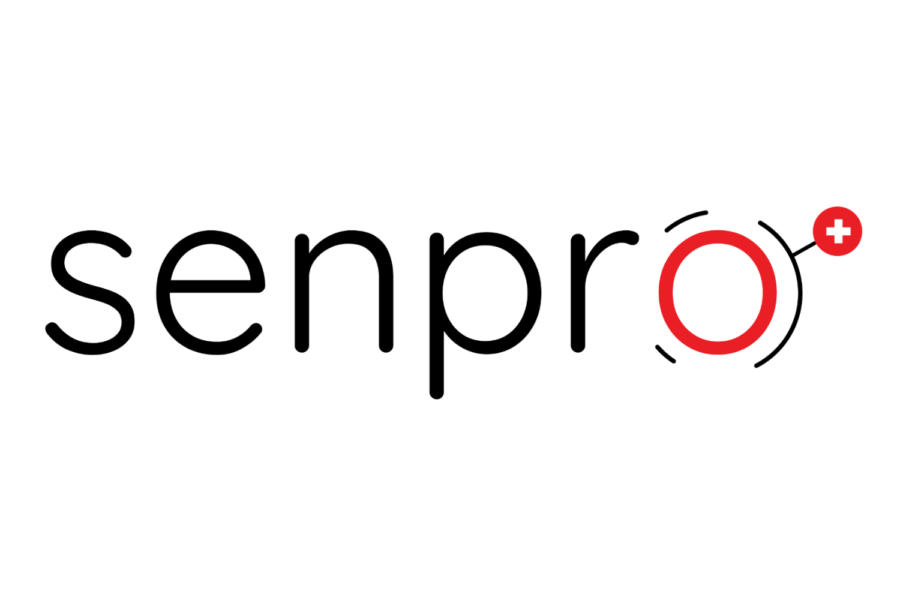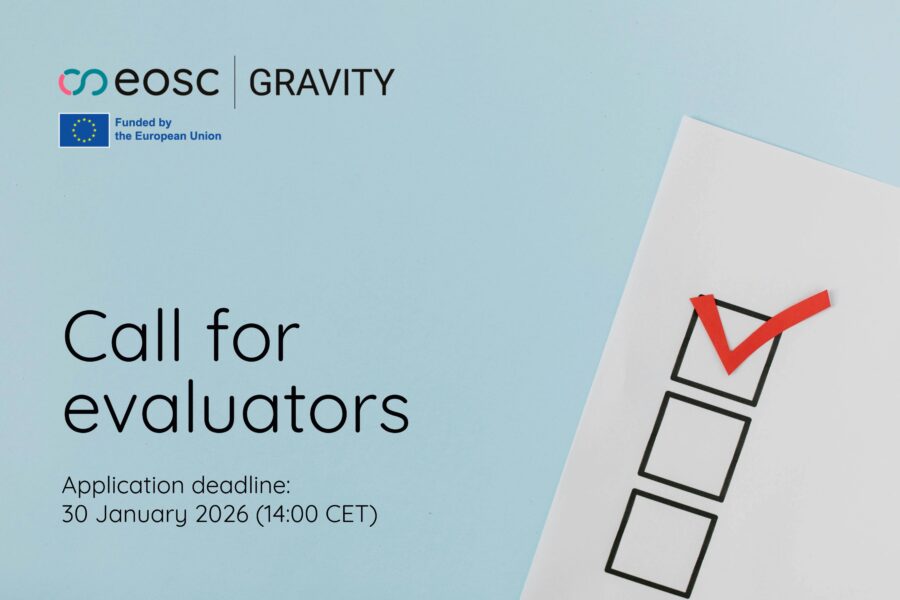The EOSC Symposium 2022 in Prague served as the site for the second meeting of the EOSC Tripartite Collaboration on 14 November 2022. Around 40 representatives from the European Commission (DG RTD and DG CNECT), the EOSC Steering Board and the EOSC Association gathered together in a closed session to review the achievements of the EOSC Tripartite Collaboration in 2022, to identify the priorities for 2023, and to discuss the long-term plans for EOSC post-2027.
Among the main results achieved by the Tripartite Collaboration, some of them deserve special mention:
- Open Science and EOSC are fully embedded in the European Research Area (ERA) policy agenda and are included in the European Strategy for Data.
- A framework to monitor the uptake of Open Science (OS) and contributions to EOSC has been developed and a pilot has started; a first round of data collection on information related to OS/EOSC investments, policies, activities and practices has been completed in 2022.
- Three policy papers tackling EOSC and data literacy, EOSC and its commercial partners, and EOSC sovereignty on FAIR data have been produced and endorsed by the EOSC Tripartite Collaboration.
- EOSC engagement at the national level, with the purpose of increasing alignment with the European effort, has been boosted thanks to National Tripartite Events that have reached 16 countries and nearly 1 300 participants.
The review of the collaboration’s achievements stimulated the discussion on future priorities. For 2023, all actions begun in 2022 have been confirmed to be continued so that they may be allowed to further evolve and their results may be consolidated. The following additions will become part of the Tripartite’s action plan for 2023:
- Three new policy topics have been identified to be further investigated next year: FAIR data productivity; quality assessment of research data; and digitalisation of research processes.
- The urgency to collect and disseminate use cases from countries and institutions in order to document how EOSC will contribute to finding solutions to grand challenges such as climate change, health, etc., will be on top of the Tripartite actors´ agendas, with the aim to have impactful showcases by 2025.
- The long-term future of EOSC beyond 2027 needs to be shaped next year.
The last point was discussed in the November meeting, using the reflection paper produced by the EOSC Association in collaboration with the European Commission as the point of departure.
The reflection paper supports an initial strategic discussion at the level of the Tripartite Collaboration on the models for operating, governing, evolving and sustaining the EOSC Federation after 2027. The document lists the main EOSC deliverables expected by 2027, thus portraying “where we plan to be in 2027”, and defines three main questions that need to be answered next year:
- What governance do we need for the EOSC federation post-2027?
- What funding sources and tools to cover what EOSC operations/development?
- Do we need to evolve the current partnership in FP10?
The document has been shared with the EOSC Steering Board and EOSC Association members to collect feedback by the end of 2022. The three parties have agreed to work on a SWOT analysis assessing different post-2027 scenarios, which is expected to be ready by Easter 2023.
All parties to the EOSC Partnership have recognized that EOSC is here to stay, and thus it is of paramount importance to showcase its benefits and make sustainable long term plans for the implementation and operation of the European Open Science Cloud.





